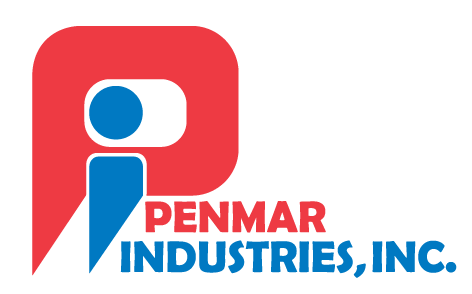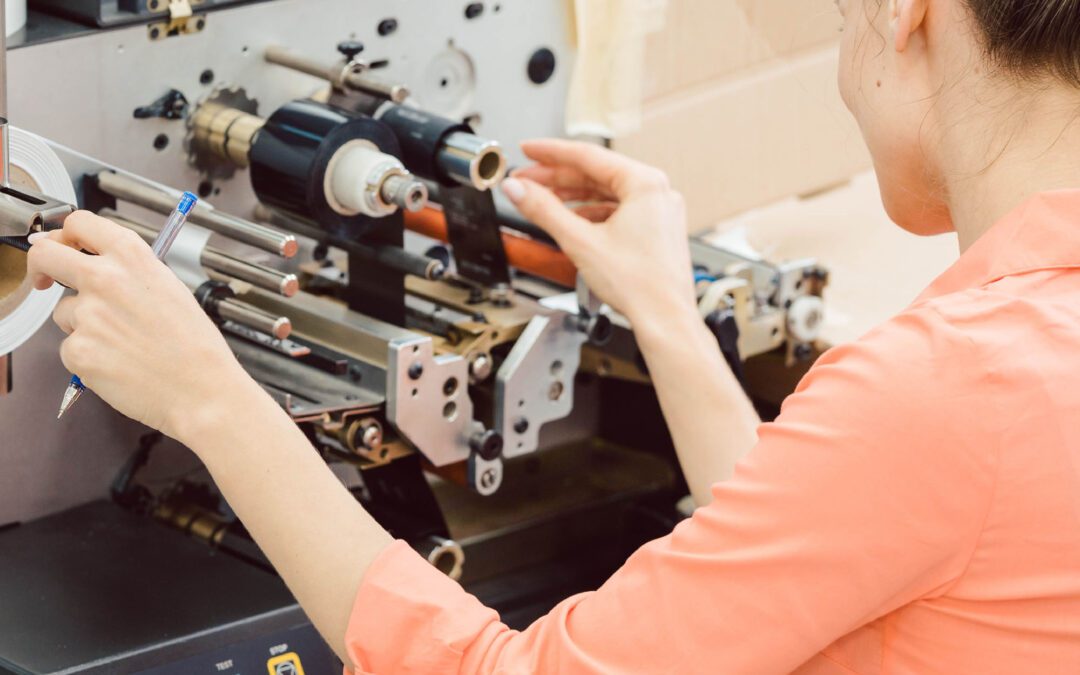From ancient to current times, label printing has a long history, evolving alongside the development of printing technologies.
Here’s a brief overview of its evolution:
- Ancient Times:
-
- The earliest forms of labeling can be traced back to ancient civilizations like Egypt, where labels were used on various goods. These early labels were typically made of materials like papyrus or parchment.
- Gutenberg’s Printing Press (15th Century):
-
- Johannes Gutenberg’s invention of the printing press around 1440 revolutionized printing technology. This development allowed for the mass production of books and other printed materials. Labels began to be printed using movable type and letterpress techniques.
- Industrial Revolution (18th and 19th Centuries):
-
- With the advent of the Industrial Revolution, label printing became more sophisticated. The introduction of steam-powered printing presses enabled faster and more efficient production.
- Lithography (Late 18th Century):
-
- The invention of lithography in the late 18th Century by Alois Senefelder introduced a new label printing method. This technique involved creating images on a smooth surface (like a stone) and then transferring the image onto paper.
- Adhesive Labels (Early 19th Century):
-
- In the early 19th Century, adhesive labels were developed. This allowed labels to be affixed directly to products, making them more convenient and versatile.
- Offset Printing (Early 20th Century):
-
- Offset printing, a more advanced form of lithography emerged in the early 20th Century. It became a dominant method for label printing, offering high-quality, cost-effective results.
- Digital Printing (Late 20th Century and Beyond):
-
- The late 20th Century saw the rise of digital printing technologies. This revolutionized label printing by enabling high-resolution, full-color printing without printing plates. It also allowed for customization and variable data printing.
- Advances in Label Materials and Adhesives:
-
- Alongside printing technology, there have been significant advancements in label materials and adhesives. This includes developments like pressure-sensitive labels, which use a sticky adhesive that’s activated by pressure.
- Barcodes and QR Codes:
-
- The use of barcodes and, later, QR codes revolutionized labeling for tracking and inventory management. These codes allow for the storage of information that can be quickly scanned and read by electronic devices.
- Specialized Label Printing (21st Century):
-
- In recent years, label printing has become increasingly specialized to meet the diverse needs of industries. This includes labels for product packaging, food labeling, pharmaceuticals, security labels, and more.
Today, label printing continues to evolve with advancements in printing technology, materials, and design. It plays a crucial role in industries ranging from retail and manufacturing to healthcare and logistics.


